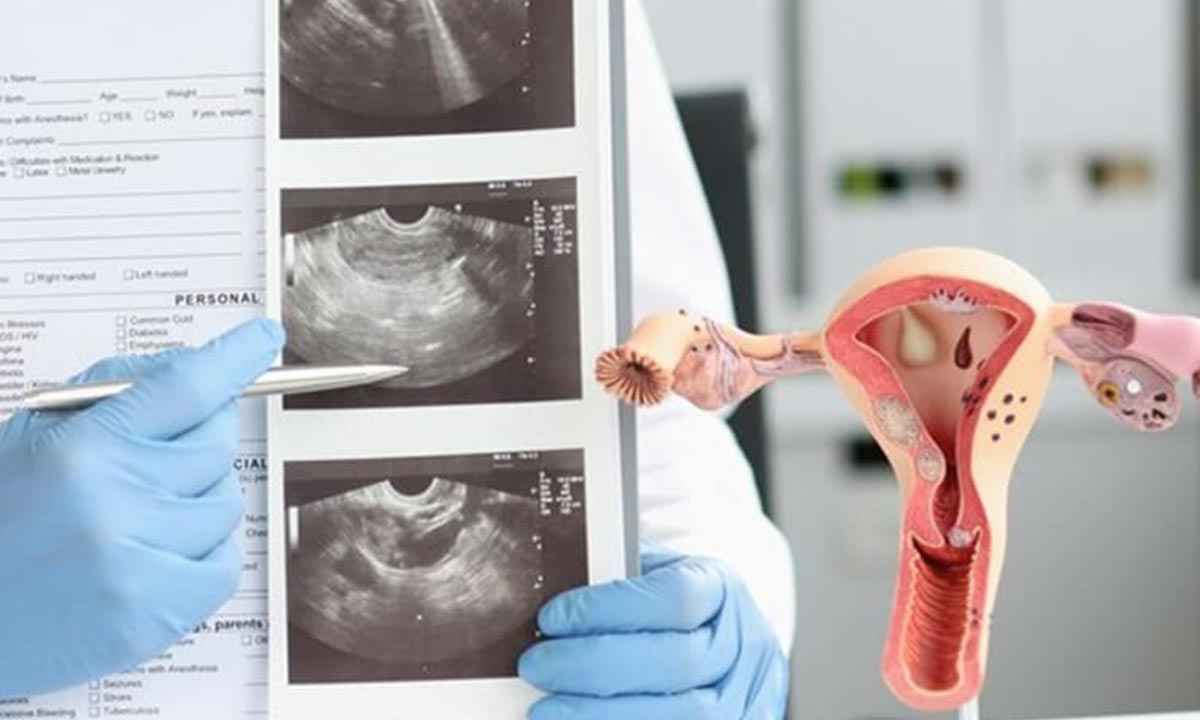Uterine polyps are small, typically benign growths that develop on the lining of the uterus, known as the endometrium. While many women may have these polyps without any symptoms or complications, understanding their potential risks is essential. Women should know about uterine polyps, their symptoms, causes, and when they may pose health risks.
What Are Uterine Polyps?
Uterine polyps, also called endometrial polyps, are growths that can vary in size from as small as a sesame seed to larger than a golf ball. These growths comprise endometrial tissue, the same tissue that lines the uterus and sheds during menstruation. Polyps are typically noncancerous, but in some cases, they may become cancerous or lead to other health complications.
Causes and Risk Factors
The exact cause of uterine polyps is not fully understood, but they seem to be influenced by hormonal factors, particularly estrogen. Estrogen stimulates the lining of the uterus to grow, which may contribute to the development of polyps. Women who are going through or have completed menopause, those with high blood pressure, and obesity, or those taking certain hormone-based medications may have a higher risk of developing polyps.
Symptoms to Watch For
Many women with uterine polyps experience no symptoms, but when symptoms do occur, they may include abnormal menstrual bleeding, heavy periods, spotting between periods, or bleeding after menopause. In some cases, uterine polyps can also lead to difficulty conceiving, making it essential for women facing infertility to discuss this possibility with their healthcare provider.
When Are Uterine Polyps Dangerous?
While most uterine polyps are benign, there is a small risk that they could become cancerous, especially in postmenopausal women. In rare cases, polyps may harbor pre-cancerous or cancerous cells. Women experiencing abnormal bleeding or any significant changes in menstrual patterns should consult their doctor, as this may indicate the presence of problematic polyps or other conditions.
Diagnosis and Treatment
Uterine polyps are usually diagnosed through an ultrasound or hysteroscopy, where a small camera is inserted into the uterus for a closer look. In many cases, small polyps may resolve on their own without treatment, but persistent or large polyps may require removal. Removal is typically a minimally invasive procedure, and the tissue is often analyzed afterward to rule out cancer.
Takeaway: Staying Informed
For most women, uterine polyps are harmless and manageable. Regular check-ups with a gynecologist are essential to monitor any changes, especially for women nearing or post-menopause. By staying informed and watching for unusual symptoms, women can proactively manage their reproductive health and address any risks associated with uterine polyps early on.
